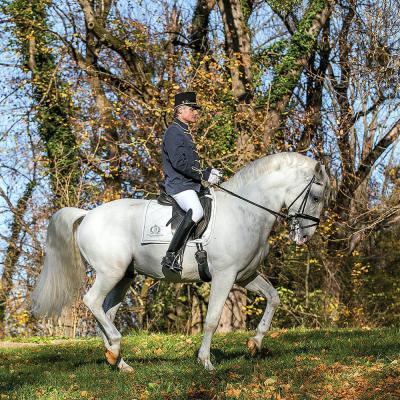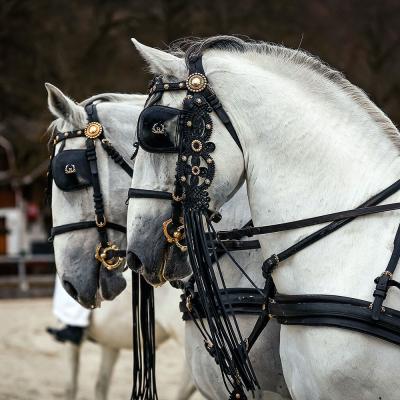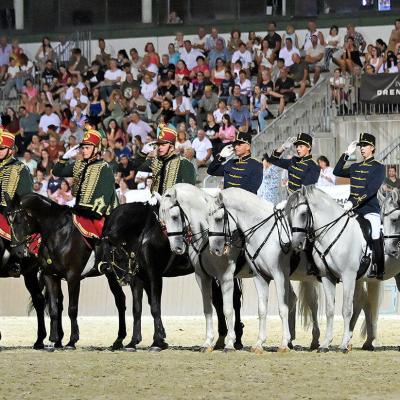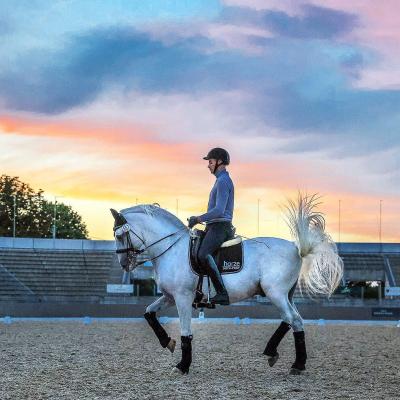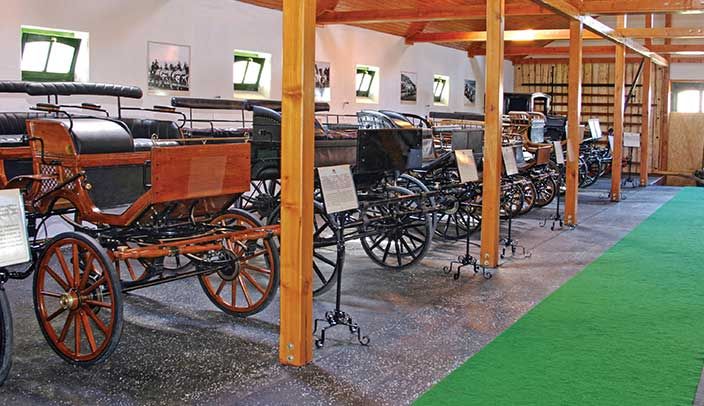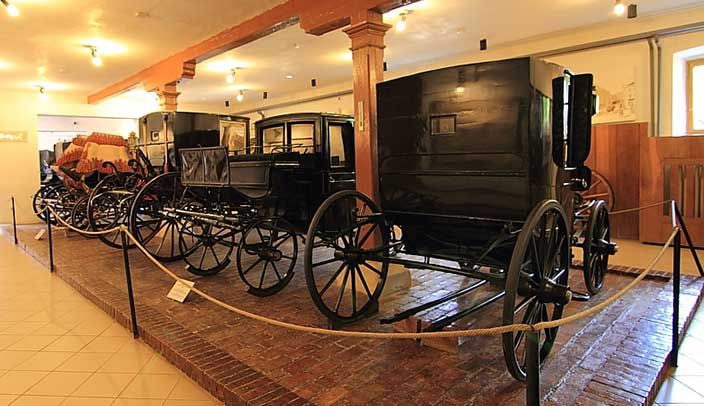State Stud Farm Szilvásvárad
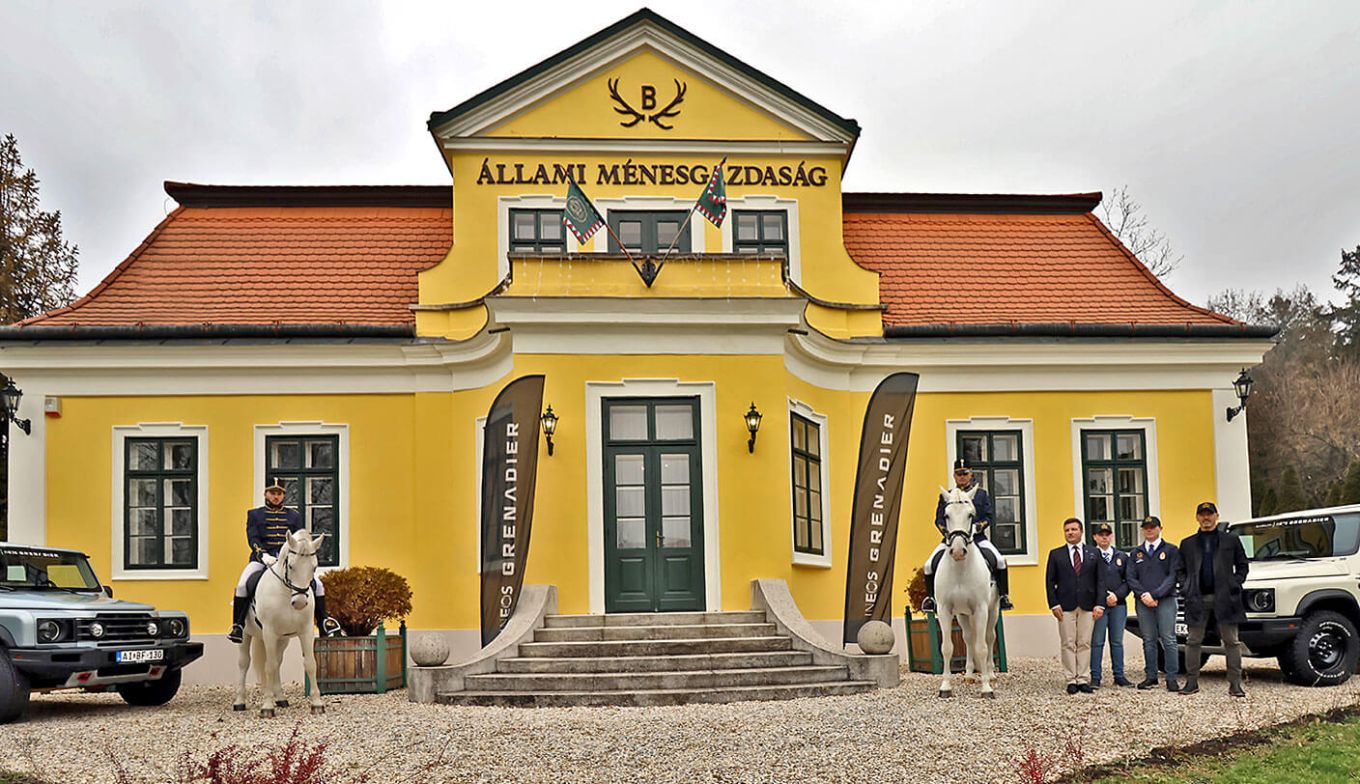
The Lipizzaner breed has fought alongside us through the storms of history for centuries, and it has never let us down. It is one of the noblest breeds, distinguished by its intelligence, endurance, structural solidity, and above all, its performance. Although this breed has been bred consciously for over four hundred years, it remains a historic breed that continues to be relevant in the equestrian sports of the 21st century.
The Lipizzaner is one of the oldest cultured horse breeds in Hungary and the world, with breeding practices dating back more than four centuries.
In the year of our Lord 1580, imperial experts sought to produce a horse with perfect endurance, representing grandeur and nobility, on the rocky karst field of Lipica, for both courtly and military purposes. The founding stallions were Pluto, Conversano, Favory, Maestoso, Neapolitano, Siglavy, influenced by Arabian horses, Incitato, born in the herd of Transylvanian Count Pál Bethlen, and Tulipán, also of Hungarian origin.
Few know that the Neapolitan horses used for breeding were already stationed at Máriakálnok, belonging to the Magyaróvár estate, and later at Féltony, even before the establishment of the stud in Lipica, envisioned in the 1540s. Each country has slight variations in appearance, but considering the significant Arabian crossbreeding that occurred more than two hundred years ago, we refer to it as a consolidated breed. The breed is predominantly grey, but can also be black or bay. Thanks to their animated movement, Lipizzaners have been the stars of the Vienna Spanish Riding School's performances for centuries. Not long ago, their movement was enhanced by breeding in Hungary, laying the foundation for the success of Hungarian carriage driving.
The most successful internationally renowned drivers in the history of Hungarian carriage driving, such as Imre Abonyi, László Kádár, György Bárdos, and not least the Lázár brothers, have achieved worldwide success with Lipizzaner horses, and the most Hungarian of equestrian disciplines can boast over a hundred medals.
Today, the breed has national studs in more than seven countries, including Hungary, Austria, Slovenia, Slovakia, Croatia, Serbia, Romania, and Italy.
 For decades, there has been a fraternal relationship between our studs, with the noble aim of preserving genetic variability and, with it, the breed's values. In remembrance of the golden age of the Monarchy, this cooperation and goal transcend all interests, prioritizing our beloved breed: the Lipizzaner. The annual Lipizzaner International Horse Gala is intended to reflect and symbolize this brotherhood.
For decades, there has been a fraternal relationship between our studs, with the noble aim of preserving genetic variability and, with it, the breed's values. In remembrance of the golden age of the Monarchy, this cooperation and goal transcend all interests, prioritizing our beloved breed: the Lipizzaner. The annual Lipizzaner International Horse Gala is intended to reflect and symbolize this brotherhood.
Our stable master, Tamás Mikó, Zsófia Rácz, and István Marschall compete internationally in the Olympic dressage discipline with our horses. István and Conversano XXVIII-2 Konyak made history at the European Junior Championships held in Pilisjászfalu, as a Lipizzaner horse from Szilvásvárad participated for the first time in an Olympic discipline at a continental event. In the team competition, they managed to surpass the best riders of France, Spain, and the Czech Republic. We wholeheartedly thank Bea and Gyula Dallos for their preparation, who, together with the pair, have created something lasting for Hungarian Lipizzaner breeding.
Ferenc Galbács Jr. and István Váczi, Marcell Balázs Dani, and László Penzer, after more than twenty years, are competing in world championships with carriages made up almost exclusively of Lipizzaner horses bred in Szilvásvárad. After the 2021 European Championships in Budapest, Ferenc Galbács represented the Lipizzaner horses at the world’s most prestigious competition in Aachen, then at the World Championships in Rome, becoming a crowd favorite after decades. István Váczi followed a similar path, returning home as the best four-in-hand driver from the national driving championships in Mélykút. Both represented our country and Szilvásvárad at the four-in-hand European Championships in Exloo, the Netherlands.
Our stud farm’s equestrian vaulting team, led by Ilona Kovács, must once again be reckoned with at the highest level.
In addition, we proudly announce that the Lipizzaner equestrian center has put Szilvásvárad back on the map of the world’s equestrian sports. Counting only last year and recent years, more than 4,000 horses from over 30 countries have arrived at the entrance of the Szalajka Valley, from the United States, Ireland, all the way to Australia. The Szilvásvárad Masters series has embraced not only driving but also dressage and show jumping disciplines, just as it has the finals of the National Gallop.
On December 1, 2022, a long-held dream came true. We experienced historic moments at UNESCO’s conference in Morocco. The tradition of Lipizzaner horse breeding was inscribed on UNESCO’s list as an intangible cultural heritage element, announced in Rabat. The tradition of Lipizzaner horse breeding was presented to UNESCO by eight countries (Hungary, Austria, Slovenia, Slovakia, Bosnia-Herzegovina, Croatia, Romania, Italy), the successor states of the Austro-Hungarian Monarchy. This was the first time in UNESCO’s history that a specific horse breed and its breeding traditions were inscribed on the list. We express our gratitude to those who supported the cause at home, especially Eszter Csonka-Takács, Director of the Intangible Cultural Heritage Directorate of the Hungarian Open Air Museum, and our equestrian friend Péter Hansághy, as well as the members of the National Association of Hungarian Lipizzaner Breeders, for completing the work started years ago by Director Andor Dallos.
Our Lipizzaner horses found their final refuge after the horrors of war in 1952 at Csipkéskút, located on the Bükk Plateau. Following this, the founding charter of the State Stud Farm Szilvásvárad was officially signed in January 1953. We owe it to many experts and horse-loving patriots that our horses have been able to live in peace for the longest period in the breed’s history in Hungary, and in 2023, we celebrate the 70th anniversary, a year after our Csipkéskút jubilee celebrations.
Before World War II, the Lipizzaner horses were branded with the symbol of the Holy Crown at Bábolna, Fogaras, and their first home in Hungary, Mezőhegyes, just as most of our traditional breeds were. Due to known historical reasons, after the war, the decision-makers of the time removed the crown, replacing it with deer antlers, indicating the Bükk stud with the letter B after Bábolna. We believe that after the passage of decades, the breed deserves to regain this symbol that defines our nation, thereby honoring the centuries of work by experts who made sacrifices for our horses. Considering the familiar symbolism of the generations behind us, the branding of our Stud Farm and, with it, its crest will change from 2023, making 2023 a truly historic year.
As announced two years ago, after exactly forty years, our village will once again host the Four-in-Hand World Championships in 2024, paying tribute to the achievements of the most successful Hungarian equestrian discipline, preparations for which are currently underway.
Let us celebrate together every day of the year and give thanks to our predecessors, our current workers, and most importantly, our Lipizzaner horses!
Dávid Cseri, Director
State Stud Farm Szilvásvárad
Services of State Stud Farm Szilvásvárad:
- stud visit with carriage
- driving lessons
- trail riding
- riding lessons
- wedding carriage service
- team-building programs
- driving lessons for beginners
- equestrian show
- museums, exhibitions
(Lipizzan Horse History Exhibition and Carriage Museum, "Szilvásvárad at the service of horses from 1000 BC to the present day")
You can read more about our services here.
Prior registration is required before using services!
You can find our contact details HERE!
PHOTO GALLERY










